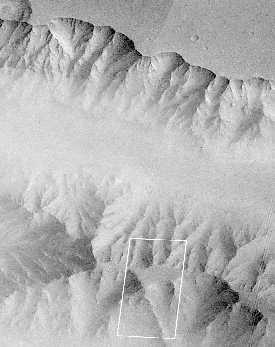This is an image of a plateau and surrounding steep slopes within the Valles Marineris.
Click on image for full size
Image from: Malin Space Science Systems
An Overview of the Mars Global Surveyor Mission
The mission of Mars Global Surveyor (MGS for short) is to map the
surface of Mars from space, a mission somewhat like to the
Magellan mission to Venus. The mission is also investigating the topmost portion of the Martian atmosphere and is making detailed observations of the Martian weather. MGS carries a lot of the same
instruments that were carried by the lost
Mars Observer mission.
MGS and Mars Pathfinder (MPF for short) were part of the Mars Surveyor Program. As part of this new, cheaper, but more experimental program, a new technique called aerobraking was used to get the MGS probe into the correct orbit around Mars.
MGS has already returned great pictures of the Martian surface and data which will help scientists refine their models of the Martian atmosphere. Among the important new results from the mission is the definite confirmation of the presence of a Martian magnetosphere.
As of April 25, 2001, all systems on the MGS probe were working just fine. The spacecraft has been in space 1,631 days and has completed 9,530 mapping orbits of Mars! And MGS is still going strong!
You might also be interested in:
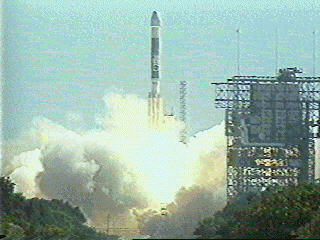
It has been more than 30 years since America's first exploratory missions to Mars. Here are some of the instruments carried onboard Mars Global Surveyor (called MGS for short). Many of these instruments
...more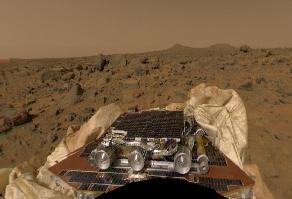
The goal of the Mars Pathfinder (MPF) mission was to analyze the rocks and soil of Mars. The MPF was actually 2 parts, a lander and a rover. The lander stayed right where it landed while the rover named
...more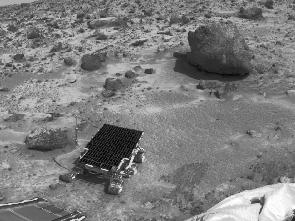
Because of the failure of the Mars Observer (MO), NASA planned a new Mars Surveyor Program. The Surveyor Program was designed to explore all of the things the MO was suppose to, and a lot more. The Surveyor
...more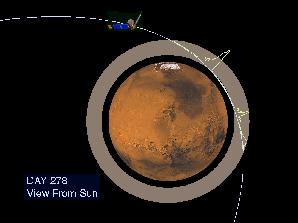
The Mars Global Surveyor reached Mars in September of 1997. But it didn't make it into its final mapping orbit until February 1999. What took so long? Surveyor needed to reach a near-circular, low-altitude
...more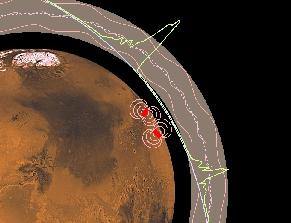
These are some of the initial findings of Mars Global Surveyor. There definitely is a magnetosphere near Mars. suggests scientists must rethink theories about the evolution of Mars. Geologic features at
...more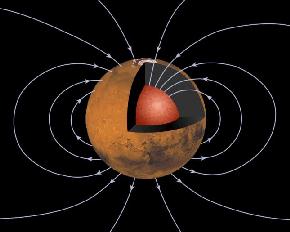
An important new result from the Mars Global Surveyor (MGS) mission is the definite confirmation of the presence of a magnetosphere around Mars. Previous missions did not make really good measurements
...more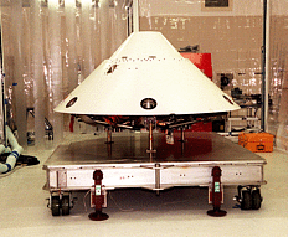
Scientists still don't know what caused the Mars Polar Lander to fail, but they aren't ruling out a deep canyon near the landing site. A recent article in the Post suggested scientists didn't know the
...more


